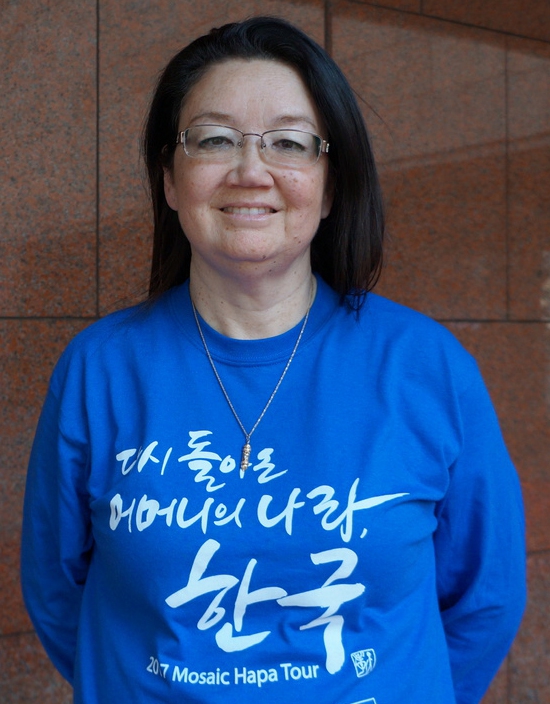A promise keptPosted in Articles, Asian Diaspora, Biography, History, Literary/Artistic Criticism, Media Archive, United States on 2019-02-03 02:17Z by Steven |
The Korea Times
2019-02-02
 The late Park Geun-sik (1954-2009) is captured in this photo taken in December 1992 in front of Korean-Amerasians Association in Seoul. He was one of the first batch of biracial Koreans born to a Korean mother and a U.S. soldier. / Noonbit Publishing |
Photographer chronicles biracial Koreans living as strangers in homeland
Park Geun-sik, a biracial farmer and human rights activist who died of stomach cancer in 2009, had a dream that remained unfulfilled until his death.
Park, who was called Peter during his childhood for his half-Korean, half-Caucasian appearance, wanted his home country to remember people like him who were born to Korean mothers and American soldiers during and after the 1950-53 Korean War.
They were called “GI babies” when they were young and later “Korean-Amerasians” after they became adults. They were depicted by opinion leaders here as the “tragic outcome” of the war.
GI babies were the first batch of biracial Koreans who lived in this country, decades before the nation saw a surge of biracial children born to Korean fathers and foreign brides from Central and Southeast Asian countries who have been migrating to Korea since the 1990s.
Unlike now, when biracial children are entitled to various types of policy support and protection from the government, back then the GI babies were treated like unwanted children. Without policy support, they were bullied and discriminated against by their classmates in school and racial bias continued even after graduation.
Park’s humble dream ― the nation recognizing GI babies as part of Korea’s traumatic modern history and admitting the country’s mistreatment of them ― came true after his death.
Documentary photographer Lee Jae-gab, 53, chronicled the tragic lives of half-Koreans born during or after the Korean War and published four photo books based on the images he captured over the past 26 years…
Read the entire article here.




